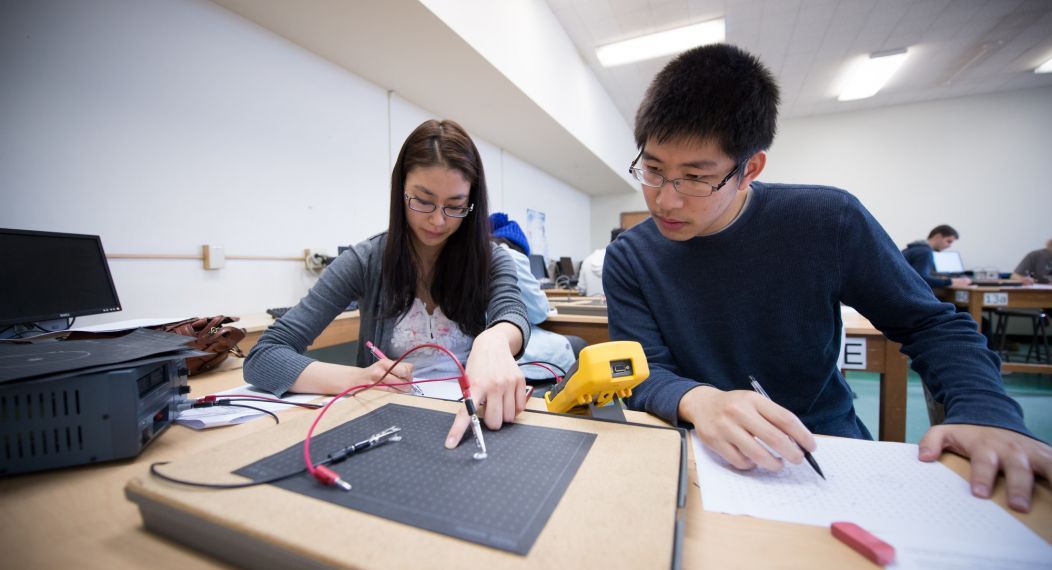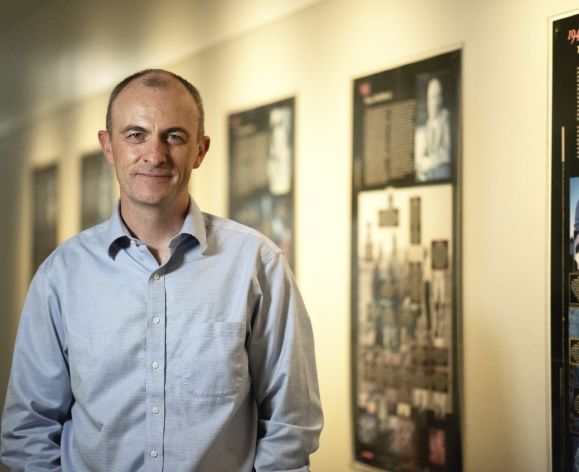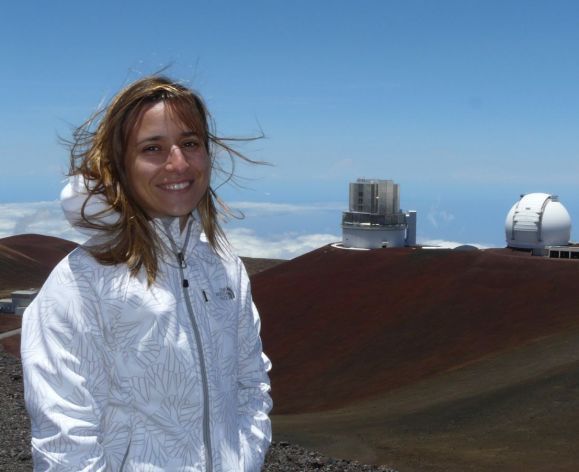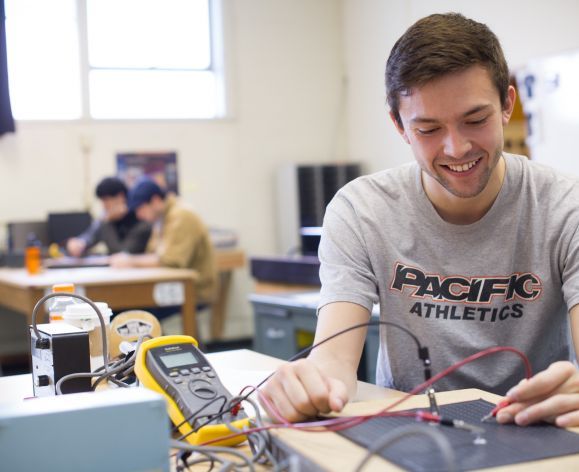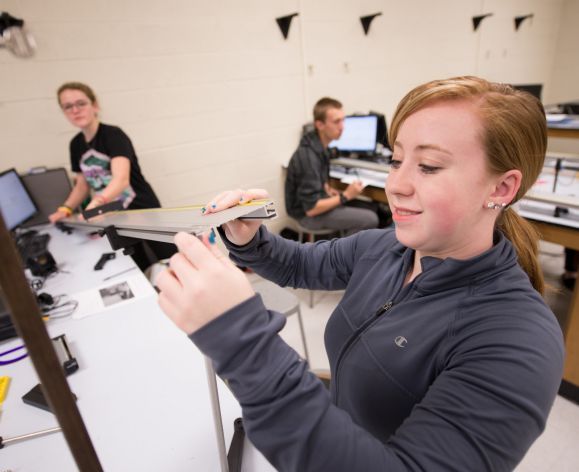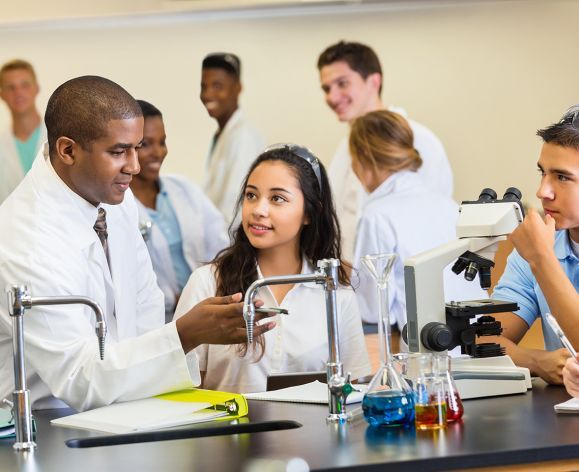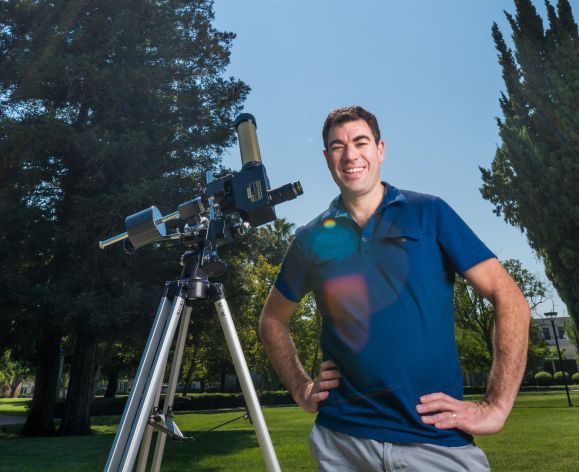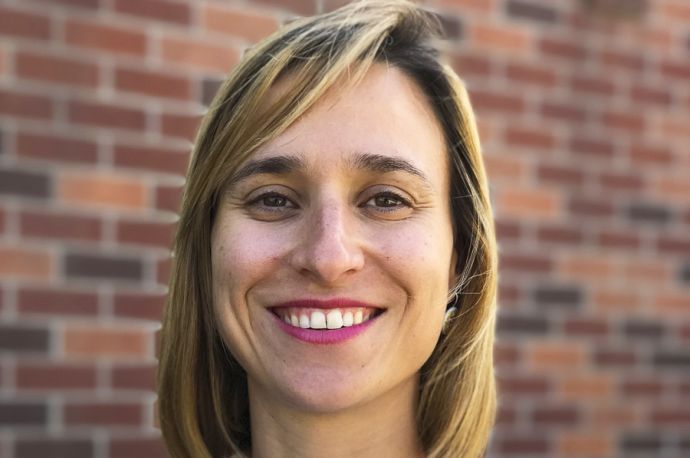Recently, physics and astronomy department faculty and students went on a field trip for night-time viewing at the Lick Observatory on Mount Hamilton near San Jose. The observatory is owned and run by the University of California, thanks to our faculty Elisa Toloba and Guillermo Barro we had permission for a private tour.
We've recently hosted talks by Chris McKay from the NASA Ames Research Center on terraforming Mars by Prof Raja Guhathakurta from UC Santa Cruz on studying galaxy formation as well as career advice for undergraduate students, and by Tomer Tal (Ph.D. Yale) from Chegg on data science and machine learning.
Undergraduate students Kadri Bin Mohamad Nizam and Justin Barber presented posters on their research at the American Astronomical Society meeting in Seattle in January 2019. Katie Ram, Nina Madsen and Katie Christensen were at the Conference for Undergraduate Women in Physics in Los Angeles last year.


